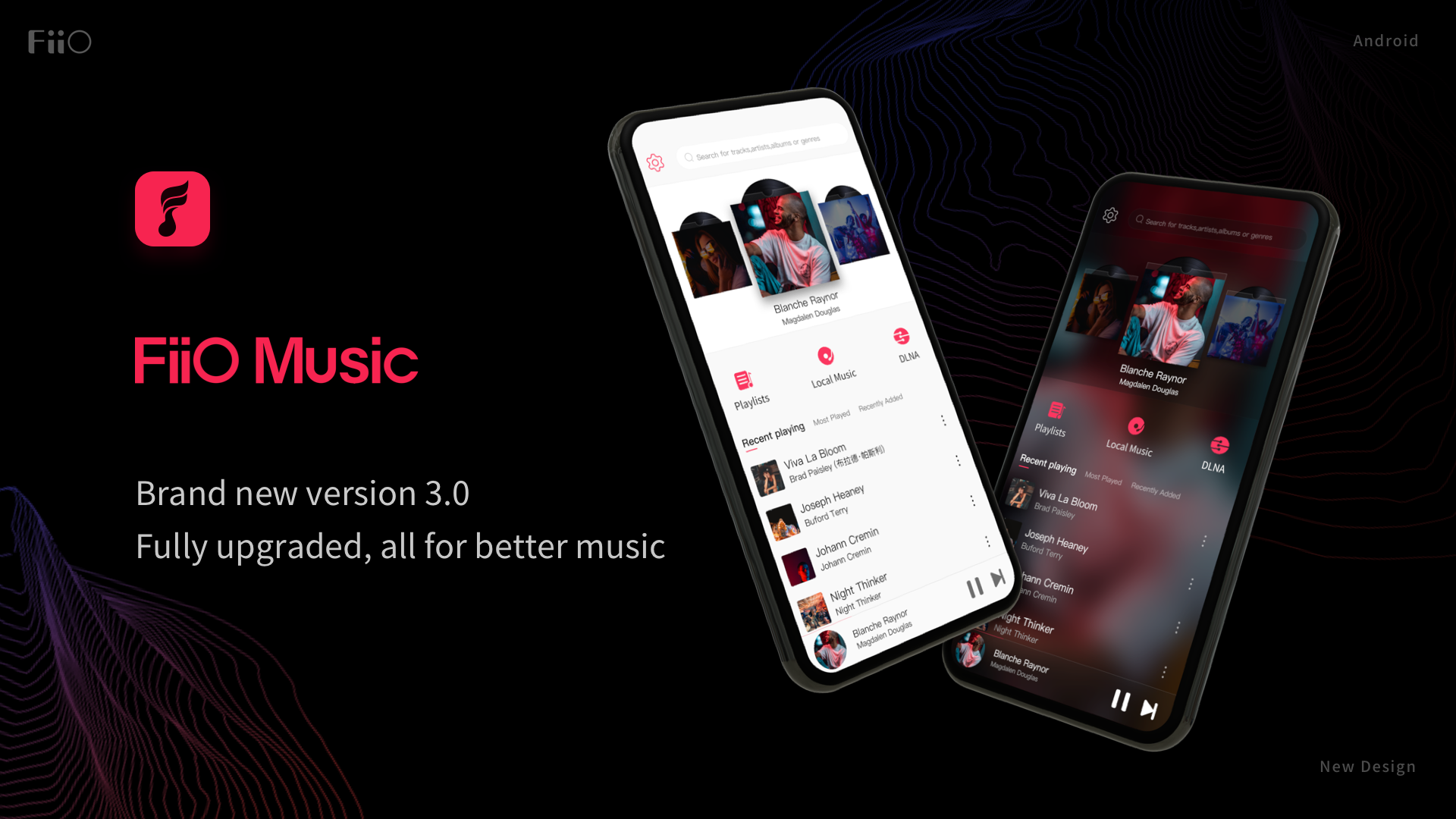Unfortunately this is comparing apples with pears. The FiiO M15 has dual Dual AK4499EQ DACs, each with 4 channels. As long as you present it with low quality Spotify streams, the DACs do not really have to stretch their muscles. Once you present them with high-resolution files, the power consumption of those DACs generously exceeds that of the One Plus 7 Pro DAC. Same goes for the AMP .. The M15 typically is used with headphones that are impossible to drive by a regular phone, simply because they have a higher impedance etc. And the power consumption only goes up if you select a higher gain setting, or use the All to DSD setting .. But you get much much higher quality audio in return .. It's not without reason that for many headphones, the manufacturers recommend that they are driven by a desktop headphone amplifier .. The M15 comes pretty damn close to being able to deliver that same current to a pair of headphones .. And make them sound light-years better than a cellphone. Even though in my case my headphones are relatively easy to drive, the same applies.. My Denon D9200 and B&W P9, both easy to drive, sound way better on my M15 than on any standard phone output ..
As an example that makes much more sense, I compared my old Note 10+ to my FiiO M15, both with the standard FiiO Music app over bluetooth to my Shure Aonic 50, forcing both to use the APTX codec .. That is where you really see a different outcome once you level the playing field. In that test, both devices have exactly the same workload because they largely bypass the internal amp ... And that's where the M15 keeps going for ages, well after the Note 10+ has given up ...
And just to add to this.. When using the M15 in single-ended mode, you only use one amp while the other sits idle.. When using the M15 balanced, it switches to dual-amp use.. Increasing the power usage... Not an architecture that your average smartphone has on board. I am therefore quite happy that the M15 has such a generously dimensioned battery under the hood. It needs that...

























